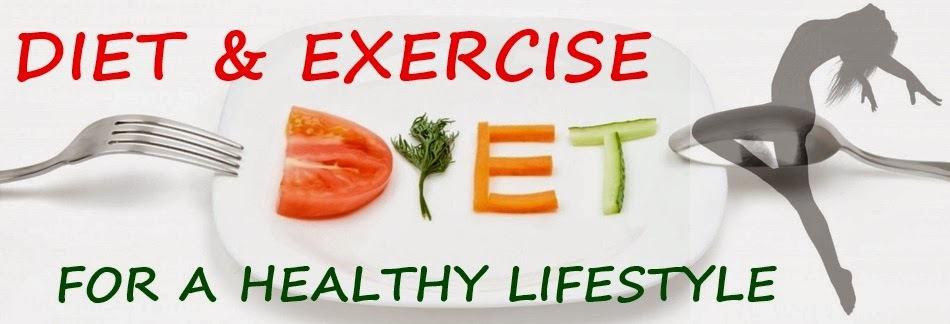One paradox of advertising comes from a powerful inverse relationship between age and money. The people most likely to be swayed by most commercials are impressionable children (who have no money). Meanwhile, it's incredibly difficult to persuade adults (who have all the money) to break from habit and buy a new product.
A new study from the Journal of Consumer Research finds a clever loophole in this paradox. People hold onto a deep fondness for brands, like Kellogg's cereal and other foods with friendly mascots, that they were exposed to as children. The consumer brain is a bag of concrete mix before a person turns 13: anything you can slip in the soft blend is likely to harden, along with our neural networks, by the time we become a money-spending adult. This concrete-mix theory of habit formation was behind efforts to ban cigarette ads targeting young people.
The scientific evidence
In four separate studies, researchers tested subjects'
attitudes for Tony the Tiger (the mascot for Kellogg’s Frosted Flakes),
Play-Doh Pete, Cocoa Puffs, Fruit Loops, and other brands that clogged Nickelodeon commercials and Sports Illustrated for Kids pages. People asked to judge the healthiness of
these cereals and foods showed inexplicably warm feelings towards not
only the characters but also the nutrition value of their favorite foods
as kids.
The findings
"This research is the first to hypothesize and test a
model that explains how childhood exposure to advertising can have
effects on product evaluation that persist into adulthood," the authors
wrote. They found that, although people tend to be highly critical of
promises made in advertisements, they're more likely to positively
evaluate a product they learned to love as a child. It's as if their
mushy, impressionable child brain returns to block their ability to
think like a full-grown adult.
The other side of the coin
One limitation of the research, which the authors are
honest enough to admit, is that it's not quite clear what effect is
being measured. The fact that childhood exposure to advertising can have
effects later in life has helped argue for characters like Smokey the
Bear to promote fire safety, Woodsy the Owl to discourage littering, and
McGruff the Crime Dog to fight crime. These are all clear efforts to
inculcate habits during the soft-concrete period of a person's brain.
But what if what was really being measured in these studies is as simple
as plain old nostalgia? Telling a room full of researchers "oh yeah,
Frosted Flakes! I love that stuff" is different from actually going to
the grocery store to buy fillets, but catching a glimpse of the cereal
aisle and stocking up on Fruit Loops for dinner instead. From an
unempirical observations of people's lives, it seems that nobody does that. Remembering Fruit Loops fondly might be utterly harmless.
Bottom line
Bottom line
The study however still provides more ammunition for the idea
that advertising to children is qualitatively different from advertising
to adults. If you want to break a country's bad habits—from
smoking tobacco to eating crap—best to start young.
What about YOU?
... are your choices influenced by your childhood experiences or are these experiences only evoking sweet memories? How strong is the power of a habit?
Last but not least: how effective is food marketing? There is no disputing that the goal of food marketing is to influence children’s food choices. Companies clearly believe that marketing works or they wouldn’t spend billions of dollars a year on it.
I'll appreciate those who write their opinion in the comments below.
Last but not least: how effective is food marketing? There is no disputing that the goal of food marketing is to influence children’s food choices. Companies clearly believe that marketing works or they wouldn’t spend billions of dollars a year on it.
- According to a comprehensive review by the National Academies’ Institute of Medicine, studies demonstrate that television food advertising affects children’s food choices, food purchase requests, diets, and health.
- Parents know from experience that ads and cartoon characters on food packages affect not only which foods their children ask them to purchase, but which foods their kids are willing to eat.
- Based on an extensive review of the research, the American Psychological Association concluded that until the age of about 8 years old children are unable to understand the persuasive intent of advertisements.
I'll appreciate those who write their opinion in the comments below.





















